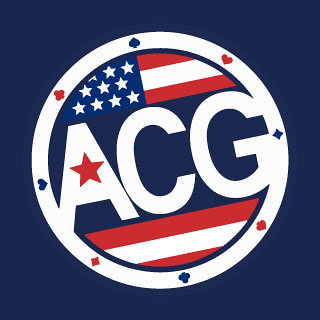Flight simulation and virtual reality (VR) represent two of the most transformative technologies in aviation, significantly impacting both pilot training and the broader field of aviation entertainment. As these technologies continue to evolve, they offer increasingly realistic and immersive experiences that mimic the complexities of flying, providing valuable training tools and engaging ways for enthusiasts to explore the world of aviation from the ground.
The Evolution of Flight Simulation
Flight simulation technology has its roots in the early 20th century, with the first simulators consisting of simple mechanical setups designed to mimic the basic motions of aircraft. Over the decades, these devices have evolved into highly sophisticated systems that replicate the exact behaviors and conditions of various aircraft types under myriad scenarios. Today’s flight simulators integrate advanced software and hardware, including hydraulic actuators, realistic cockpits, high-resolution displays, and comprehensive environmental simulations.
The primary goal of these simulators is to provide pilots with a risk-free environment to practice responses to different flight conditions and emergencies. Training in a simulator allows pilots to experience situations that would be too dangerous or impractical to replicate in real life, such as engine failures, severe weather conditions, and system malfunctions. This extensive practice ensures that pilots are well-prepared and confident, enhancing overall flight safety.
Virtual Reality Enhances Realism
While traditional flight simulators offer realistic training platforms, the integration of virtual reality has taken this realism to new heights. VR headsets allow users to immerse themselves in a 360-degree virtual environment that feels close to real life. The immersive nature of VR provides a visceral sense of presence in the cockpit, which is invaluable for spatial awareness and understanding the aircraft's behavior.
Virtual reality not only benefits professional pilots but also aviation enthusiasts and hobbyists who may not have access to full-scale simulators. VR flight simulators are more accessible and can be set up at home, offering users the thrill of piloting aircraft from the comfort of their living rooms. This democratization of flight simulation opens up the world of aviation to a broader audience, fostering a greater appreciation for the complexities and joys of flying.
Training Applications
The sophistication of flight simulation and VR technologies allows for a seamless transition from simulated environments to actual flight conditions. Pilots trained in high-fidelity simulators exhibit higher proficiency in managing real-world flying scenarios. The simulated cockpit environment is meticulously accurate, with controls, instruments, and responses that closely mirror those of real aircraft. This accuracy ensures that the skills learned in the simulator are directly transferable to the aircraft.
Moreover, flight simulation is integral to the certification process for pilots. Regulatory bodies, such as the Federal Aviation Administration (FAA) and the European Union Aviation Safety Agency (EASA), recognize the value of simulators in pilot training and require a certain number of hours in simulated flight for certification. This regulatory endorsement underscores the reliability and effectiveness of simulation in pilot training programs.
Halfway through a particularly intense simulation scenario, pilots might experience the same surge of adrenaline and split-second decision-making required in actual flying—similar to what players might feel in an aviator betting game. This realism is crucial for training pilots to handle high-pressure situations with calm and precision.
The Entertainment Aspect
Beyond their educational value, flight simulators and virtual reality also serve as a form of entertainment, allowing aviation enthusiasts to experience the nuances of flying without leaving the ground. This aspect of simulation technology has given rise to a vibrant community of virtual pilots and fans who participate in flights online, join virtual flying clubs, and even engage in competitive flying games.
These platforms often include detailed recreations of real-world airports and flight paths, offering an educational tour of global aviation operations from a pilot’s perspective. They also allow users to customize weather conditions, time of day, and aircraft types, enhancing the educational value and fun. For many enthusiasts, these simulators are not just games but a way to live out their dreams of flying.
Future Trends
The future of flight simulation and virtual reality in aviation looks promising, with ongoing advancements aimed at making these technologies even more realistic and immersive. One exciting development is the integration of artificial intelligence (AI), which can generate dynamic scenarios and adapt to the pilot's skill level, offering personalized training experiences.
Moreover, as VR technology becomes more sophisticated and less expensive, its integration into mainstream aviation training and entertainment is likely to increase. This will not only enhance the training process but also make the thrill of flying accessible to more people around the world.
Conclusion
Flight simulation and virtual reality are revolutionizing the way pilots train and aviation enthusiasts engage with the art of flying. These technologies provide safe, controlled, and realistic environments that replicate the demands of real-world aviation. As these tools continue to evolve, they will further bridge the gap between theoretical knowledge and practical experience, offering an invaluable resource for training and entertainment within the aviation industry.






